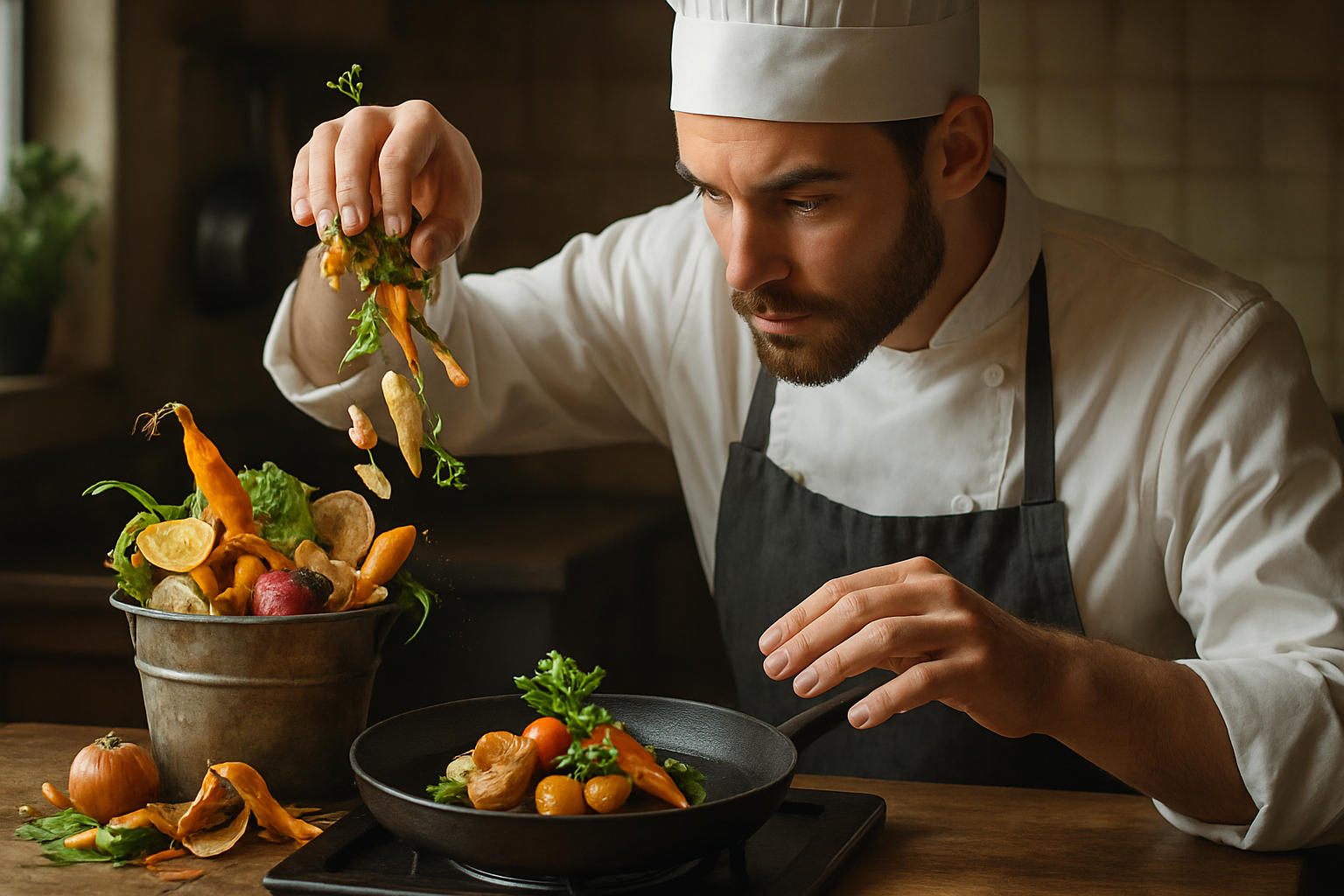Flavor Fusion: The Art of Culinary Mash-ups
Culinary boundaries are blurring as chefs and food enthusiasts experiment with unexpected flavor combinations. This exciting trend of culinary mash-ups is redefining the way we experience food, bringing together diverse ingredients and techniques to create unforgettable dishes that challenge our taste buds and expand our culinary horizons.

Unexpected Pairings: A Taste Adventure
One of the most thrilling aspects of culinary mash-ups is the unexpected pairing of flavors. Chefs are pushing the boundaries of traditional cuisine by combining ingredients that might seem incompatible at first glance. For example, imagine a sushi roll filled with crispy fried chicken and drizzled with buffalo sauce, or a taco stuffed with Korean bulgogi beef and kimchi. These unconventional combinations challenge our preconceptions about what certain dishes should taste like, offering a fresh and exciting culinary experience. By breaking free from culinary norms, these mash-ups encourage diners to approach food with an open mind and a sense of adventure.
Fusion Techniques: Blending Culinary Traditions
Culinary mash-ups are not just about mixing ingredients; they also involve blending cooking techniques from different cuisines. This fusion of methods can lead to innovative textures and flavors that are greater than the sum of their parts. For instance, a chef might use French sous-vide techniques to prepare Japanese-inspired pork belly, resulting in a perfectly tender meat infused with complex Asian flavors. Or, traditional Italian pasta-making methods might be applied to create noodles from unconventional ingredients like sweet potatoes or beets, offering a unique twist on classic dishes. By combining diverse culinary techniques, chefs can create dishes that are both familiar and excitingly novel.
Street Food Revolution: Mash-ups on the Go
The culinary mash-up trend has found a particularly fertile ground in the world of street food. Food trucks and street vendors are at the forefront of this flavor revolution, offering quick, affordable, and incredibly creative dishes that blend culinary traditions. Take, for example, the Korean-Mexican fusion that has taken many cities by storm, with dishes like kimchi quesadillas or bulgogi burritos. These portable mash-ups not only satisfy hunger but also introduce diners to new flavor combinations in an accessible and casual setting. The street food scene has become a playground for culinary experimentation, allowing chefs to test bold ideas and receive immediate feedback from adventurous eaters.
From Fusion to Confusion: Navigating the Mash-up Landscape
While culinary mash-ups offer exciting possibilities, it’s important to approach this trend with respect for the original cuisines and a clear vision. Not all combinations work, and there’s a fine line between innovative fusion and confusing mishmash. Successful culinary mash-ups require a deep understanding of the flavors, techniques, and cultural significance of the cuisines being combined. Chefs must strike a balance between creativity and coherence, ensuring that each element of the dish contributes to a harmonious whole. When done well, culinary mash-ups can elevate both cuisines involved, creating something truly unique and memorable.
Tasty Tips for Culinary Mash-up Success
-
Start with familiar flavors and gradually introduce more exotic elements
-
Focus on complementary textures as well as flavors
-
Respect the core principles of each cuisine you’re combining
-
Don’t be afraid to experiment, but always taste as you go
-
Consider the cultural context of the ingredients and techniques you’re using
-
Balance bold flavors with more subtle elements to create depth
-
Use high-quality, fresh ingredients to ensure the best results
-
Seek inspiration from travels, diverse restaurants, and global food markets
-
Document your experiments to refine your recipes over time
In conclusion, culinary mash-ups represent a thrilling frontier in the world of gastronomy. By blending diverse flavors, techniques, and cultural influences, these innovative dishes offer a fresh perspective on familiar cuisines and introduce diners to exciting new taste experiences. As we continue to explore the possibilities of flavor fusion, we not only expand our palates but also foster cultural understanding and appreciation through the universal language of food. The art of culinary mash-ups invites us all to become culinary adventurers, ready to discover the delicious possibilities that arise when we think outside the traditional recipe box.





